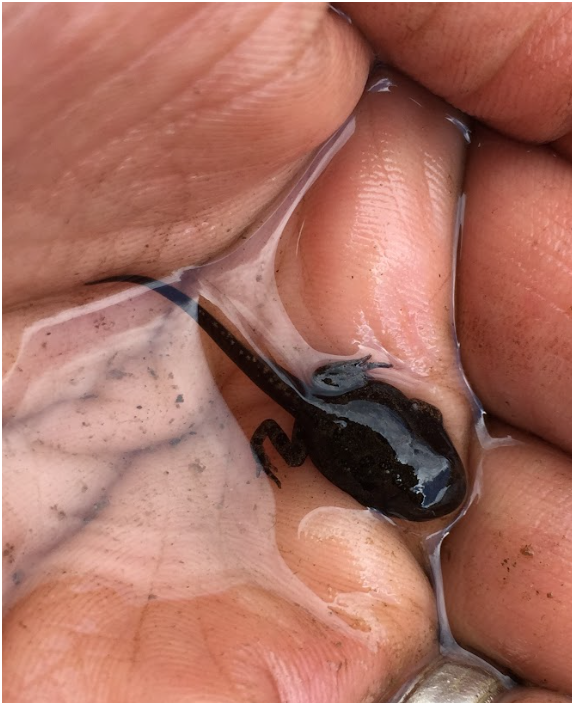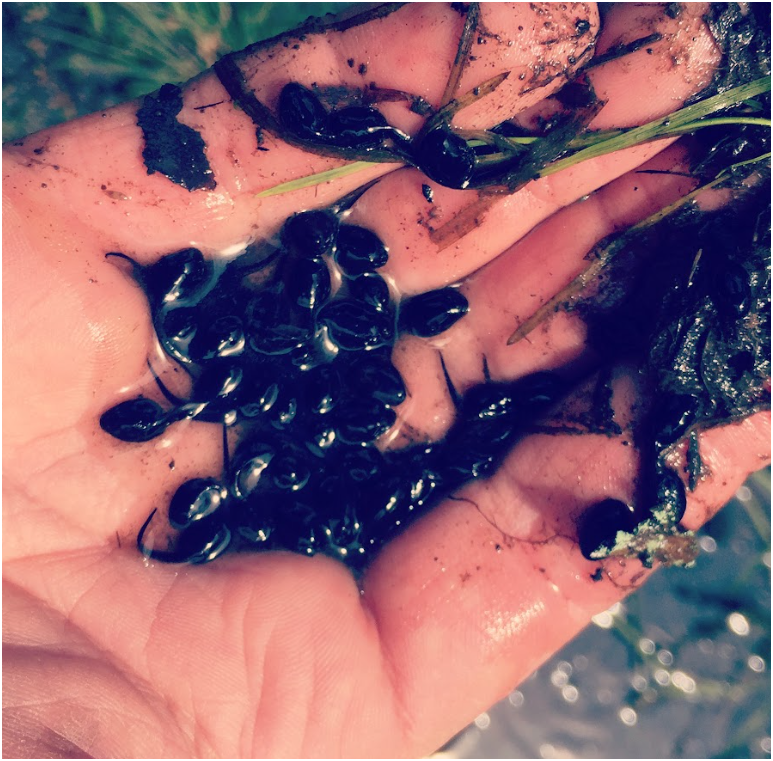What happens to frogs and salamanders in the fall?
What Happens to Frogs and Salamanders in the Fall?
As the crisp air of fall sets in, many of nature's creatures begin preparing for the winter ahead, and amphibians like frogs and salamanders are no exception. These cold-blooded animals are particularly sensitive to temperature changes, which significantly influence their behavior and survival strategies as fall progresses.
Frogs are ectothermic, meaning their body temperature is regulated by the environment. As temperatures drop, their metabolism slows, and they prepare to enter a state of hibernation, often referred to as "brumation" in reptiles and amphibians. During the fall, frogs will typically seek out a safe place to spend the winter. Aquatic frogs, like the green frog or American bullfrog, will burrow into the mud at the bottom of ponds or streams, where the water provides insulation from freezing temperatures. Terrestrial frogs, such as wood frogs, will find shelter under leaf litter, logs, or in deep crevices to avoid frost.
Remarkably, some frogs, like wood frogs, can survive being partially frozen, using specialized proteins and glucose as antifreeze to protect their cells from ice damage. As winter draws near, frogs become less active, slowing down their bodily functions to survive until spring.
Salamanders, like frogs, also prepare for colder weather. Many species retreat to underground burrows or moist, protected areas beneath rocks and logs. Their behavior varies depending on the species, but for some salamanders, fall is a time of preparation for a winter slumber.
However, one species, the Marbled Salamander, follows a unique breeding cycle that takes advantage of the autumn season. Instead of waiting for spring rains like many other amphibians, marbled salamanders breed in the fall. Females lay eggs in dry, shallow depressions or temporary ponds, where they guard the eggs until heavy rains arrive. These rains flood the depressions, allowing the larvae to hatch and develop in the water. This fall breeding strategy helps marbled salamanders avoid competition with other amphibians that breed in the spring.
In summary, as fall sets in, frogs and salamanders seek out safe, insulated environments for the winter, while species like the marbled salamander begin their breeding cycle. These adaptations help them survive the colder months and prepare for the year ahead.
Citations
"The American Bullfrog: Habitat, Life Cycle, and Behavior." National Geographic Society.
Storey, K. B., & Storey, J. M. "Frozen and Alive: Wood Frogs’ Survival Strategy." Journal of Experimental Biology.
"Wood Frogs: The Amphibians that Survive Freezing." Scientific American.
Petranka, J. W. Salamanders of the United States and Canada. Smithsonian Institution Press.




